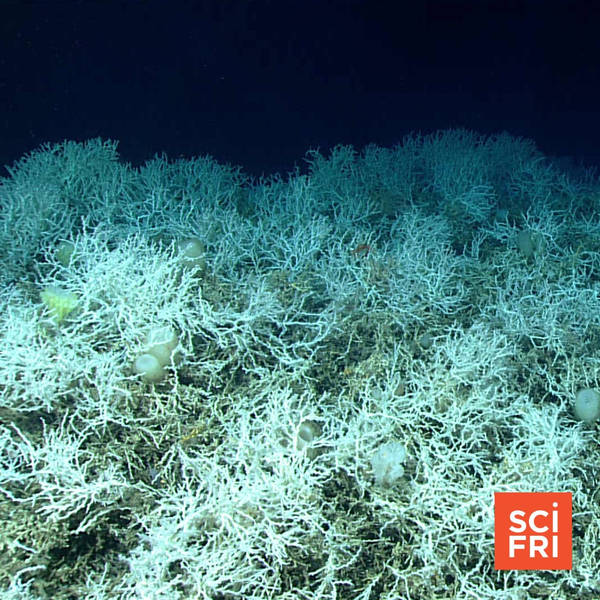
Syphilis Cases Up 80% Since 2018 | The Largest Deep-Sea Coral Reef In The World
There has been a boom of syphilis cases, including a 180% increase in congenital syphilis cases, despite other STI levels staying stable. Also, the world's largest deep-sea reef stretches for hundreds of miles in near-freezing waters and total darkness, but it’s bustling with life.
Syphilis Cases Are Up 80% Since 2018Syphilis is rearing its ugly head again in the United States. A new report on sexually transmitted infections (STIs) from the Centers for Disease Control and Prevention shows a shocking statistic: Cases of syphilis are up by nearly 80% among adults since 2018. Congenital syphilis cases, which occur when an infection is passed from parent to child during pregnancy, are up by more than 180%.
Strangely, cases of other STIs have stayed about the same or decreased in the same timeframe. Rachel Feltman, host of “The Weirdest Thing I Learned This Week,” joins Ira to talk about this and other science stories from the week, including the first cases of transmitted Alzheimer’s disease, and why closing the toilet seat doesn’t keep aerosolized viruses from contaminating other bathroom surfaces.
Revealing The Largest Deep-Sea Coral Reef In The WorldScientists recently discovered the largest known deep-sea coral reef in the world. It’s called Million Mounds, and it stretches from Miami, Florida, to Charleston, South Carolina, covering around 6.4 million acres of the seafloor.
Unlike the colorful reefs found in sunlit tropical waters, this one is mostly made up of a stony coral that’s usually found from about 650 to 3,300 feet underwater—depths where it’s very cold and pitch black.
Ira Flatow talks with Dr. Erik Cordes, marine biologist and professor at Temple University in Philadelphia, Pennsylvania, who collaborated on the study. They discuss what makes deep-sea corals different from those found in shallower waters, why it’s important to map them, and what it’s like to visit one in a submarine.
Transcripts for each segment will be available after the show airs on sciencefriday.com.
Subscribe to this podcast. Plus, to stay updated on all things science, sign up for Science Friday's newsletters.
